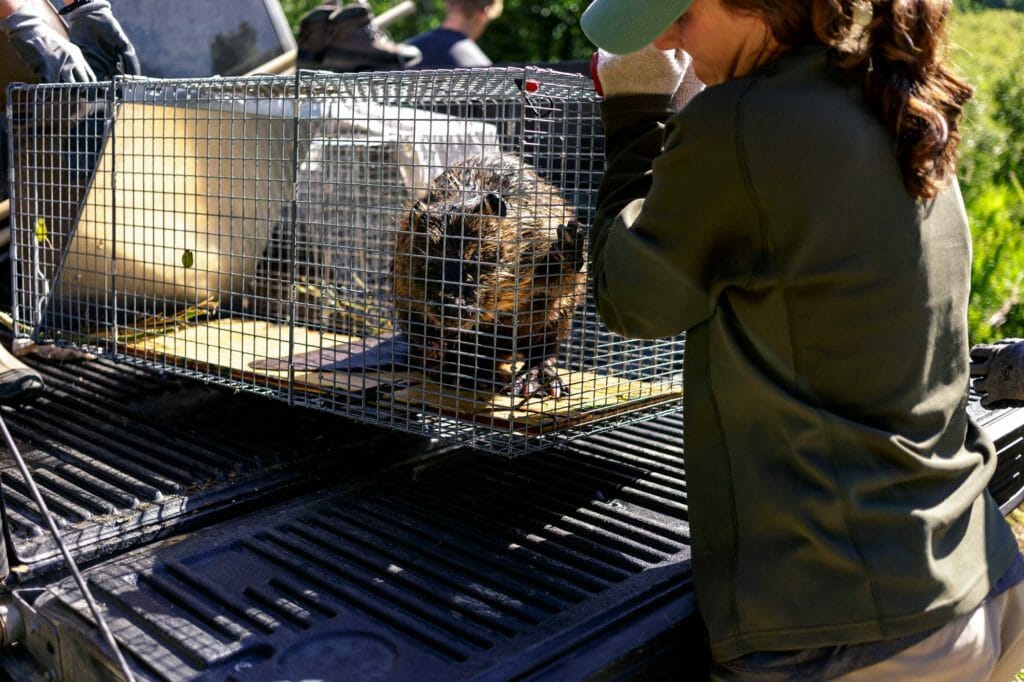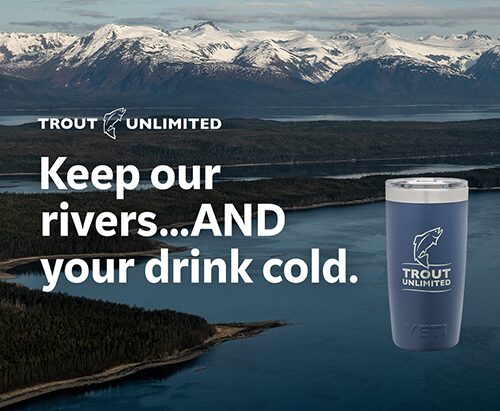Floodplains, wetlands and meadows are the natural sponges of our landscape, soaking up water when it is in abundance, and slowly releasing it to sustain streamflow and moderate water temperature throughout the year.

These systems are key to maintaining resilient streams in the face of climate change, buffering the impacts of droughts and floods, and providing reliable sources of water for drinking, agriculture, and fish.
Trout Unlimited works to conserve and restore the landscapes that provide these natural water supply and regulation services. This broad effort includes strengthening protections for meadows and floodplains on public lands and leading projects to restore these resources where they have become degraded from grazing or other factors. It involves a variety of tactics, from reconstructing streams, floodplains and wet meadows with excavators to reintroducing or mimicking the function of beavers on the land. Through these and other strategies, Trout Unlimited is trailblazing techniques to “wet the sponge” in degraded ecosystems for the benefit of both people and trout.


